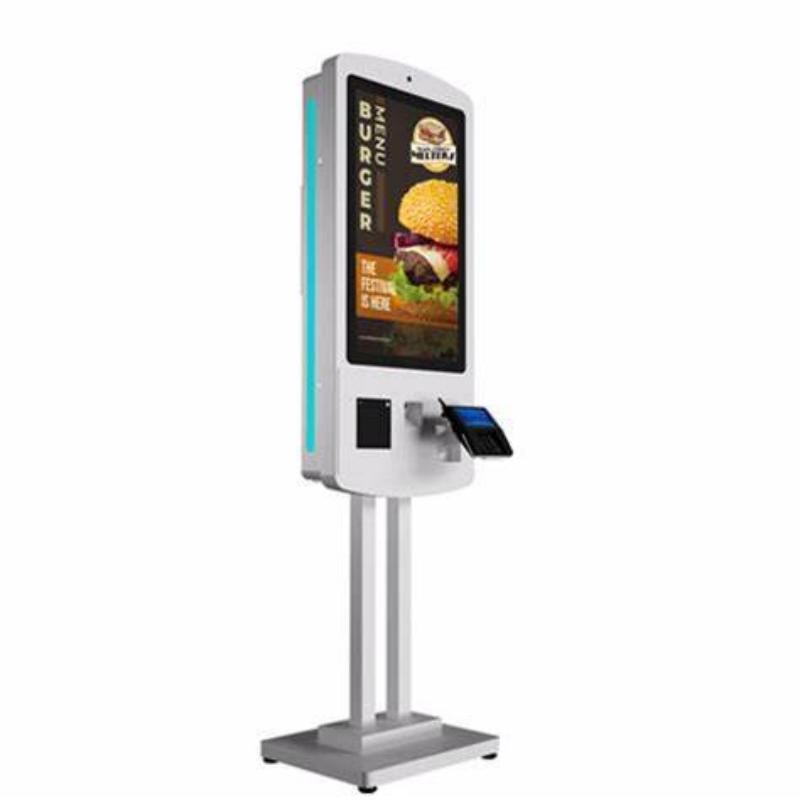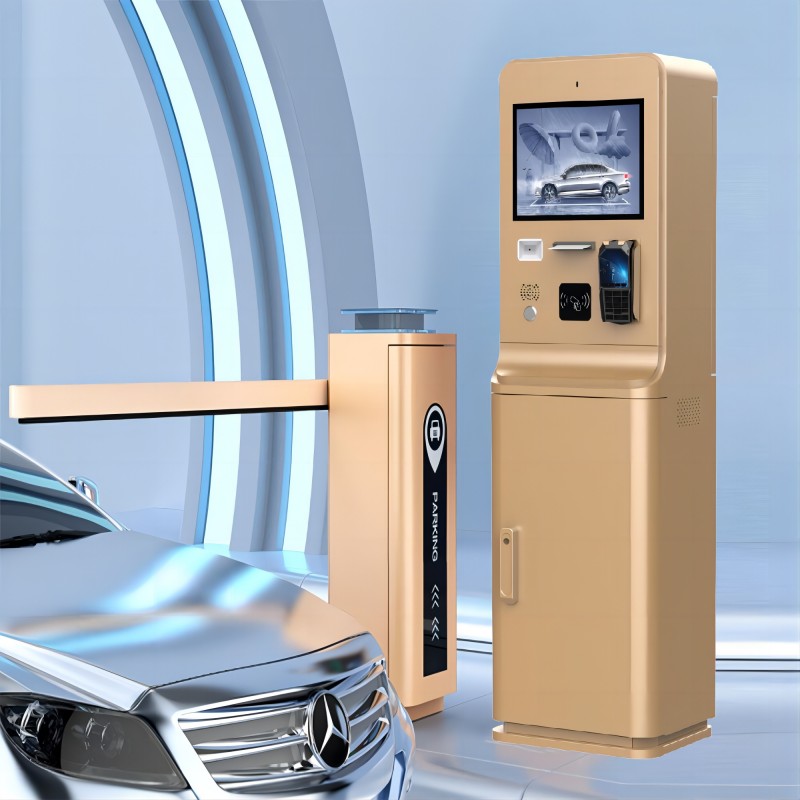Why choose Lean Kiosk Systems as your kiosk manufacturer
Lean Kiosk Systems (LKS Kiosk) is a trusted global kiosk manufacturer with over 15 years of industry experience. We specialize in designing and manufacturing high-quality kiosk machine tailored to various industries, including retail, airport, cinema and movie theater, parking lot, Restaurant, hotel, hospitality, healthcare, and transportation. Our product range includes payment kiosk, self ordering kiosk, parking kiosk, outdoor kiosk, check in kiosk, cinema kiosk and ticket kiosk, each engineered to enhance efficiency and improve user satisfaction. At LKS Kiosk, we prioritize innovation, quality, and customer needs, offering custom design services, advanced technical solutions, and a wide range of customization options. From concept to delivery, we ensure excellence in every project, making us the preferred choice for businesses worldwide.
High quality Design and Customization
LKS Kiosk excels in targeted, flexible, and personalized kiosk designs, addressing diverse business needs with precision. Our professional team leverages over 15 years of manufacturing expertise to create innovative solutions tailored to each client’s requirements. We specialize in crafting unique designs that reflect brand identity, integrating advanced technology and custom features for seamless performance. With unmatched adaptability, we ensure every kiosk is optimized for specific applications, delivering a perfect balance of functionality and aesthetics.
Comprehensive Solutions and Technical Support
LKS Kiosk provides end-to-end solutions, from concept to implementation. Our team ensures seamless integration of hardware and software for optimal performance. Whether you need custom features, robust software systems, or innovative designs, we deliver precise solutions tailored to your business. Our technical support team is available 24/7, offering training, troubleshooting, and remote assistance to ensure your kiosks operate smoothly.
Reliable After-Sale Services
At LKS Kiosk, customer satisfaction is a priority. We provide extensive after-sale services, including regular maintenance, software updates, and repair assistance, to ensure your kiosks perform at their best for years to come. Our dedicated team quickly addresses any issues, minimizing downtime and maximizing operational efficiency. Partner with LKS Kiosk for superior support and long-term value.



































What did our happy clients say?
The self-ordering kiosk we purchase from LKS Kiosk is a game-changer for my restaurant. The touchscreen is highly responsive, and the interface is intuitive. Their custom design fits perfectly with our brand, and the price was very reasonable!
We installed outdoor kiosks in our park, and they’re fantastic! The weatherproof design is top-notch, and the robust hardware works flawlessly. LKS Kiosk’s support team was incredibly professional and helpful during installation.
LKS Kiosk’s payment kiosk made transactions smoother at my store. The build quality is excellent, and the integrated payment system is reliable. The affordable pricing and excellent service made it a perfect choice for us.
The check in kiosk has been a great addition to our hotel lobby. It’s sleek, efficient, and reduces wait times for our guests. The customization options offered by LKS Kiosk were perfect for matching our interior.
The ticket kiosk we purchased for our cinema and movie theater are fantastic. They process transactions quickly, reducing queues significantly. LKS Kiosk’s price-to-quality ratio is unbeatable, and the delivery was prompt!
We love the parking kiosk from LKS Kiosk. The hardware is sturdy, and the software is easy for customers to use. Their after-sales support is outstanding, making the overall experience stress-free.
The hotel kiosk provided by LKS Kiosk exceeded our expectations. It’s user-friendly, elegantly designed, and extremely durable. The competitive pricing and excellent service were a huge bonus.
LKS Kiosk’s outdoor kiosk is perfect for our retail setup. It’s weather-resistant and performs flawlessly in all conditions. The custom branding was done with precision, and their team ensured a smooth setup process.